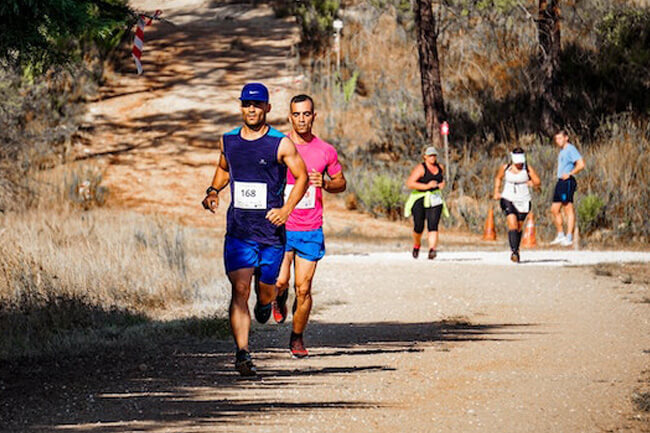Iliotibial Band (ITB) Syndrome
22 February 2023
What is an Iliotibial Band?
The IT band is a very thick and strong band of tissue that runs on the outside up your upper leg between the hip and the knee. It is made up of inelastic collagen fibres that run parallel to each other. It connects the tensor fascia latae (TFL) muscle in the top of the lateral thigh area to the tibia in your lower leg.
What does the IT band do?
The job of the IT band is to stabalise the outside area of the knee in order for you to have good control over your knee function.
What is ITB Syndrome?
ITB syndrome is when your IT band becomes tight and restricted which can cause considerable pain and discomfort in the outside of the knee. Often labelled as Runners Knee, ITB syndrome can occur due to repetition and overuse, such as overtraining in running.
When the IT band becomes too tight the tension can start to pull on the lateral aspect of the knee and cause rubbing and friction against the lateral epicondyle (bony bit on the outside of your knee). Consequently this cause inflammation and a restriction of the knee joint. So when you run it causes real discomfort.

How can ITB Syndrome be treated?
Luckily this is a condition that can be rectified. Ice and rest can be applied in the first instance.
Ultimately, the best way to fix ITB syndrome is to figure out why it is hapening in the first place and correct the issue. It could be a tight TFL, weak glutes, overactive hamstrings or quads, poor running gait, poor footwear, poor posture, or possibly something else.
A therapist will be able to help you understand what is causing it by running some tests with you.
Myofascial work can be applied to the IT band and even some longitudinal and transverse massage strokes. However, the tissue is so thick and tough that this can often be painful and fruitless in reducing the tension. Working on the muscles and joints around the band is often more effective and treating the root of the cause.
Kinesiology tape can be applied in the short term to aid healing and also add stability when starting up activity again.
If you're struggling with ITB syndrome then come and see us to help identify the cause and get you up and running again in no time.
Author: Cross Massage Therapy